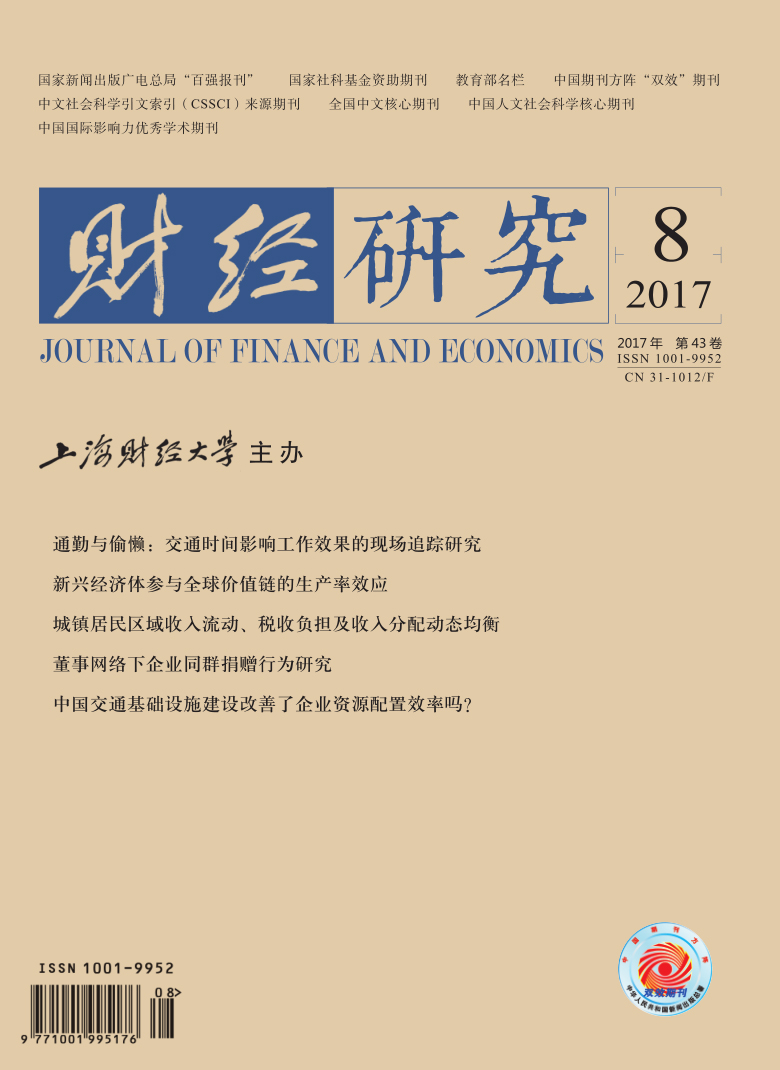文章基于2006-2010年2 578个县(市)的大样本数据,从区域角度对我国金融排斥状况进行了全景式考察,分析了金融排斥对当地经济的影响效应及实现路径。研究发现:(1)东部地区金融排斥呈下降趋势,中西部则呈上升趋势,金融资源使用效用性的非均衡发展是导致东部与中西部地区差距扩大的主要原因;(2)金融排斥对县域经济具有显著的负向影响,但金融排斥并非随当地经济增长而必然减少;(3)我国金融排斥逐渐呈现出由"设施缺乏指向"转为"机制缺乏指向"、由"个体特征指向"转为"区域禀赋指向"以及农业产业链前端受金融排斥加重三大特征。文章不仅提供了来自大样本的"中国证据",而且为决策部门综合动态把握金融排斥情况,更有针对性地制定相关政策提供了可靠参考。
金融排斥对中国县域经济影响研究:实现路径与动态特征
摘要
参考文献
10 托马斯·谢林.微观动机与宏观行为[M].北京:中国人民大学出版社, 2005.
15 Beck T, Levine R. Big bad banks? The impact of U.S. branch deregulation on income distribution[R]. NBER Working Paper No.13299, 2007.
17 Dayson K. Improving financial inclusion: The hidden story of how building societies serve the financially excluded[R]. University of Salford, 2004.
18 Dymski G, Li W. The macrostructure of financial exclusion: Mainstream, ethnic, and fringe banks in money space[J]. Espace, Populations, Sociétés, 2003, 21(1): 183-201. DOI:10.3406/espos.2003.2072
20 Larner W, Le Heron R. The spaces and subjects of a globalising economy: A situated exploration of method[J]. Environment and Planning, 2002, 20(6): 753-774.
21 Pal R, Pal R. Income related inequality in financial inclusion and role of banks: Evidence on financial exclusion in India[R]. Working Paper, 2012.
22 Sarma M Pairs. Financial inclusion and development[J]. Journal of International Development, 2011, 23(5):613-628. DOI:10.1002/jid.v23.5
引用本文
姚梅洁, 康继军, 华莹. 金融排斥对中国县域经济影响研究:实现路径与动态特征[J]. 财经研究, 2017, 43(8): 96–108.
导出参考文献,格式为:
上一篇:经济波动与基金投资策略粘性





 9419
9419  7883
7883

